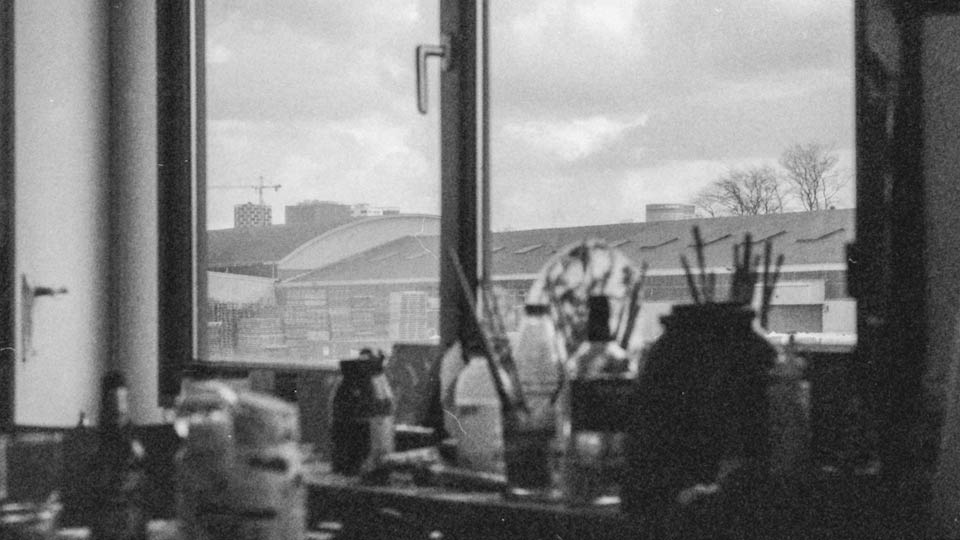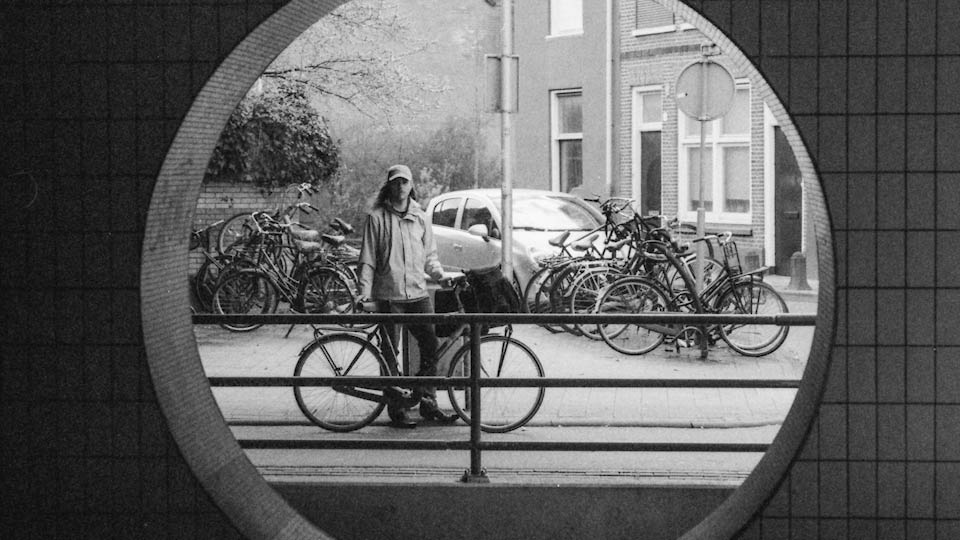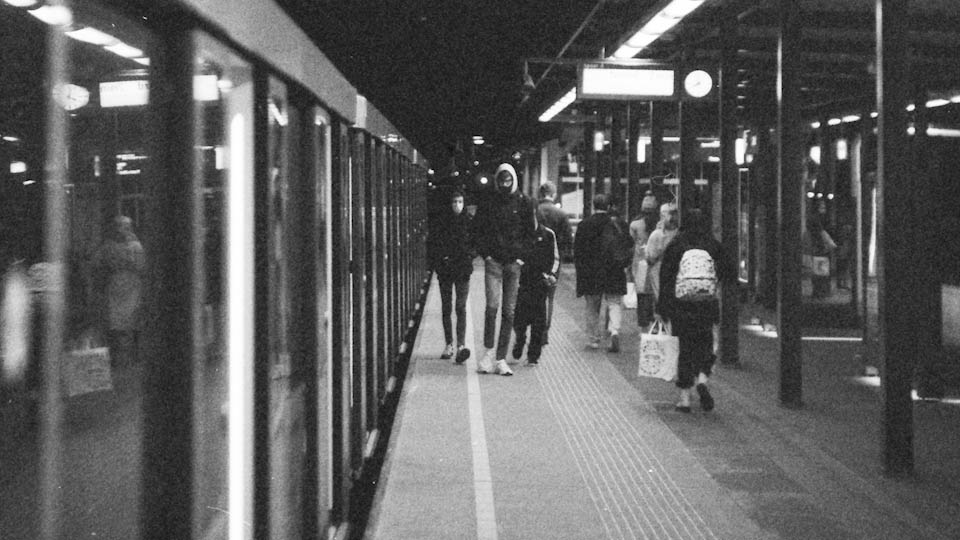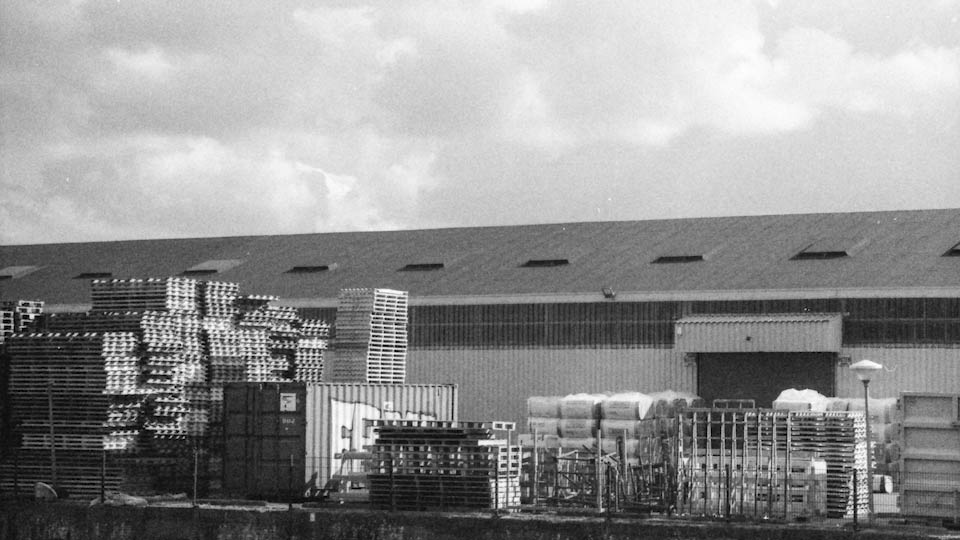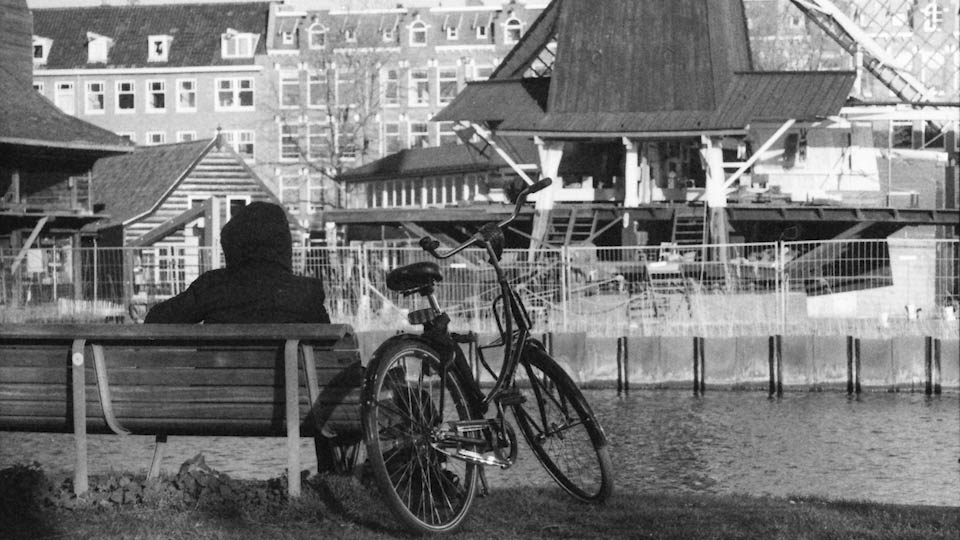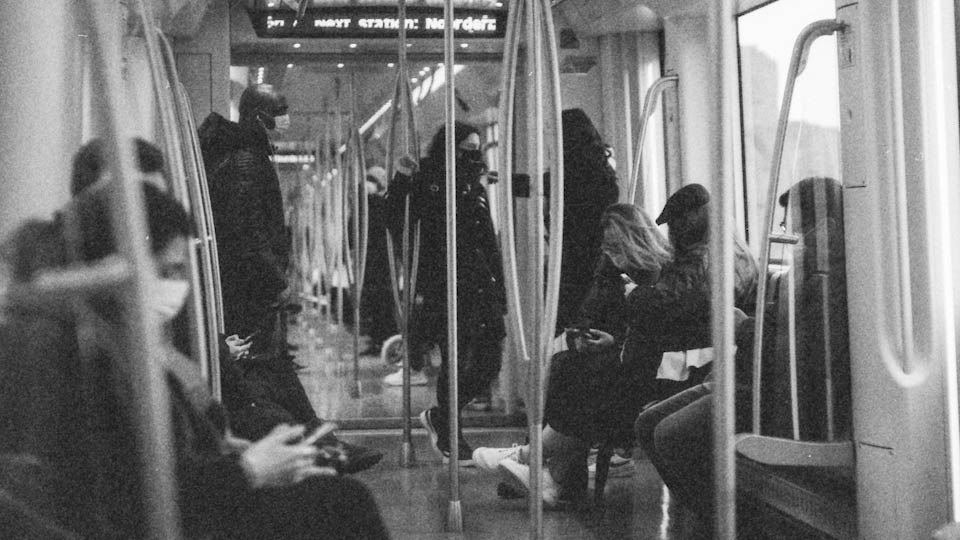Pushing Ilford HP5 +2 Stops
I had never tried pushing film before, so I thought I'd give it a shot with a 35mm roll of Ilford HP5 that I got as a gift. I used my Pentax Spotmatic SP1000 with the Jupiter-9 85mm f/2 and a 49mm glass yellow filter.
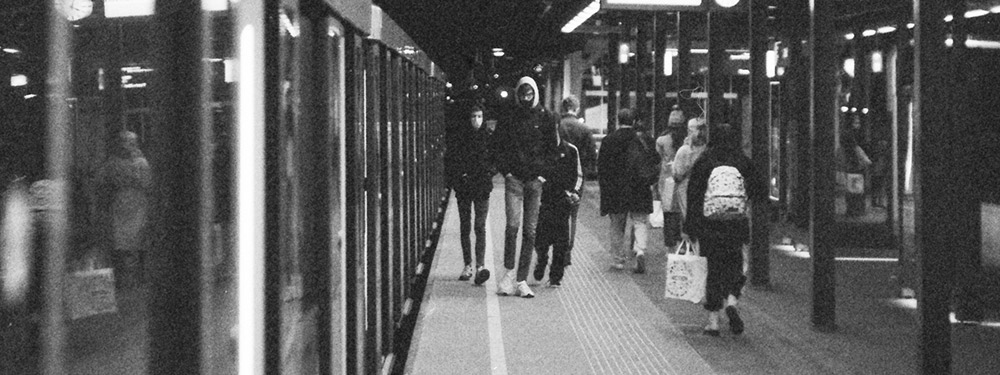
Why 'push' film?
Pushing film has a few advantages, and some disadvantages depending on the way you look at this. Pushing or pulling film not so much about right or wrong, or better or worse than some other method of exposing film. It's a style choice. The main benefits of pushing film are:
- Increased contrast
- Increased grain
- Increased low-light capabilities
An increase in contrast could make a scene more dramatic, because it accentuates diferrences in lighting of the scene. The image will also be more grainy - just like films with actual higher ISO ratings, as the grain gets bigger/rougher at higher ISO ratings. More grain isn't necessarily a bad thing, as it could add to a certain look, feel, aesthetic.
The main downside of pushing film to ISO 1600 is in the exposure settings on a sunny day. At such a high ISO, the shutter speed was mostly set to 1/1000th and/or a fully stopped down (closed) lens. This could make subject/background seperation through defocus more challenging. Using a longer lens helps in achieving more subject/background seperation.
Another thing to keep in mind is that color shifts can occur when pushing film. This is why black and white film is more popular for pushing or pulling, as there's no color information to be lost.
How does pushing film work?
Pushing film means that you set the camera ISO settings a stop or two higher than the actual ISO box speed. So, Ilford HP5 is rated at ISO 400, so I set my camera ISO setting to 1600. The camera will now meter for a 1600 ISO film, which means it will underexpose the film by two stops.
Because the film is treated as a 1600 ISO by the camera, there's more lowlight capabilities. This helps in getting decent, usable shutter speeds for handheld photo in low-light situations. I like the extra headroom, because when metering I always aim roughly 1/2 to 1 full stop higher to slightly 'overexpose' my film - as film generally has a high dynamic range and it handles highlight rollof (the handing over of color to pure white from overexposure) very well.
The next step in pushing film takes place during film development. So far I've brought all my films to my local photolab for development. Inform the lab about the fact that your film is 2 stops underexposed, and ask if they can 'push' the film two stops in development. This 'pushing' in the development phase means that the film will spend more time in the development chemicals. Most specs about how much longer a film should be treated can be found online on the film manufacturer's websites. A photolab might charge more for pushing film, as it's a manual procedure. Pulling film works the other way around: the camera overexposes the film which is then 'corrected' in development.
